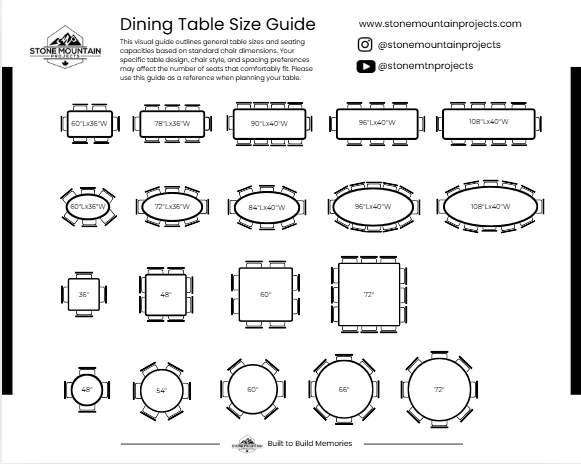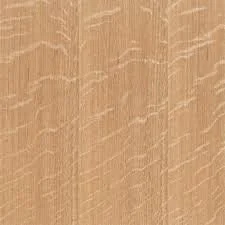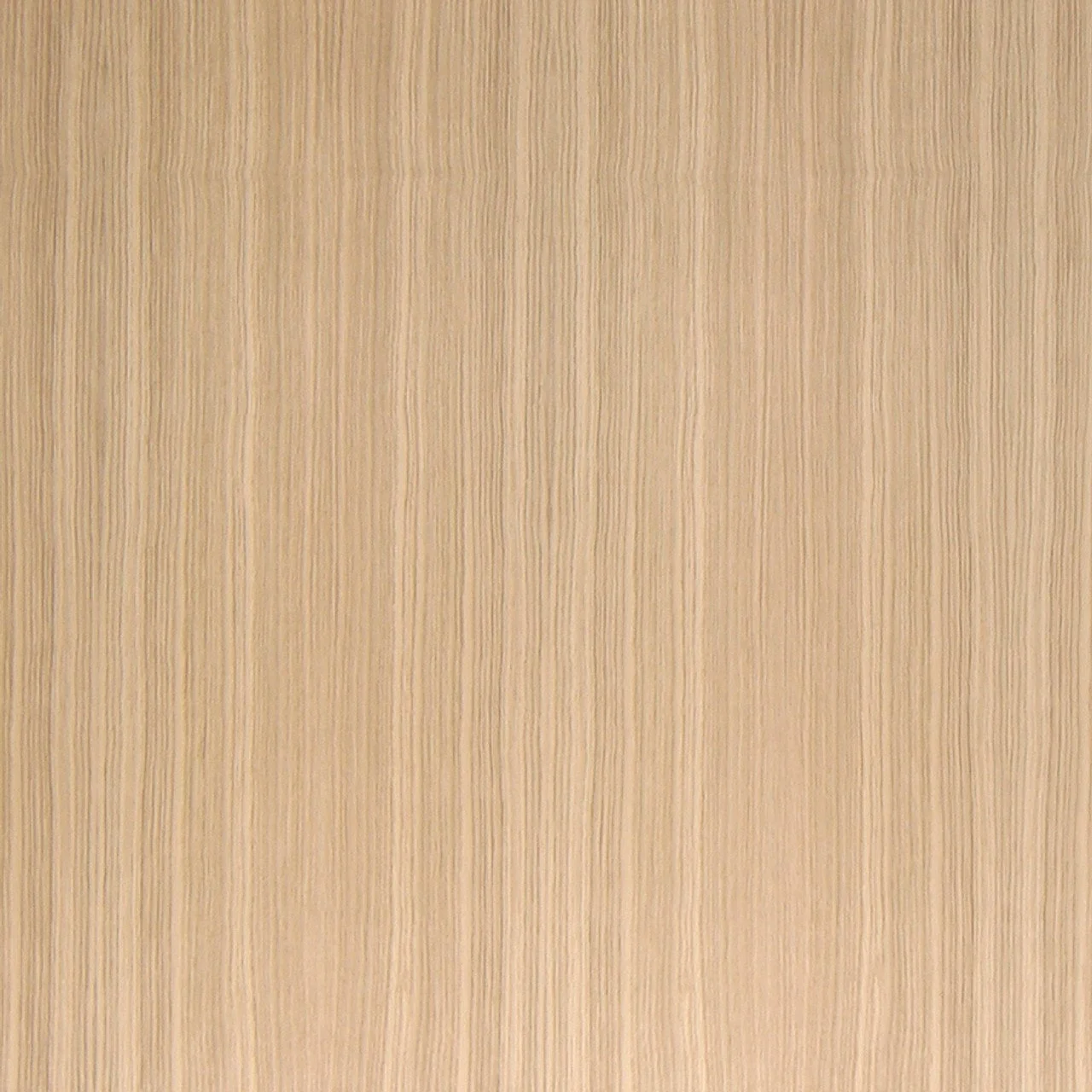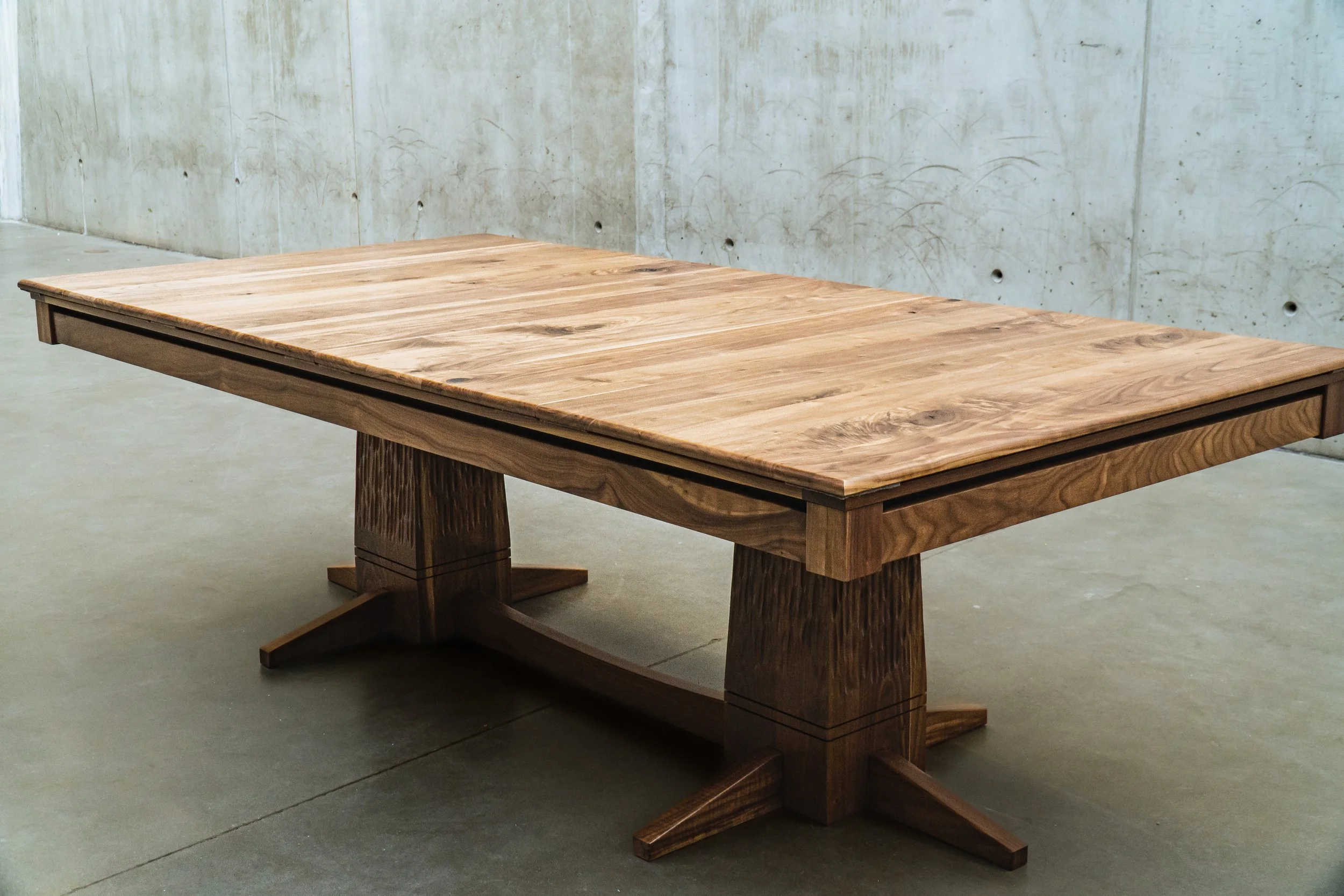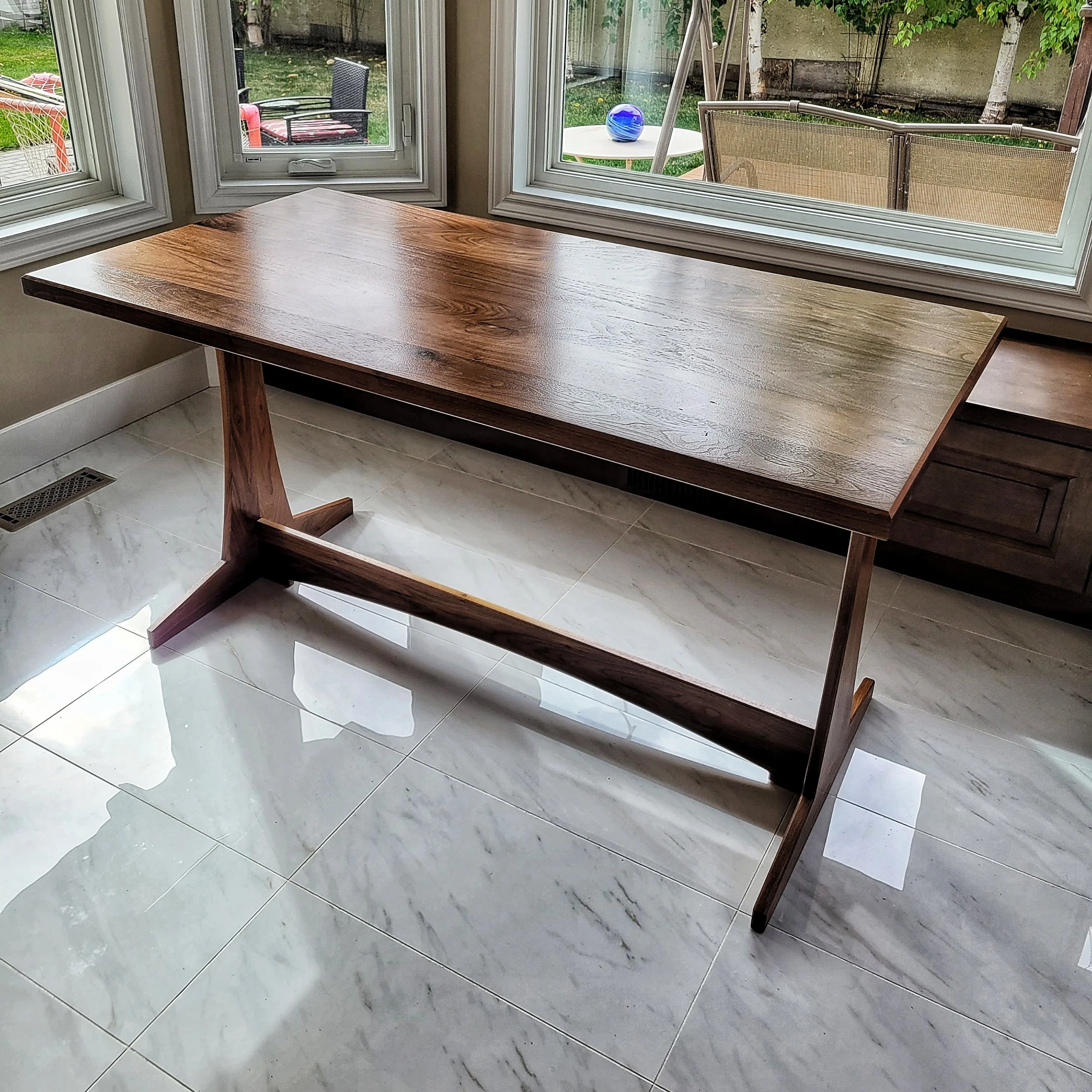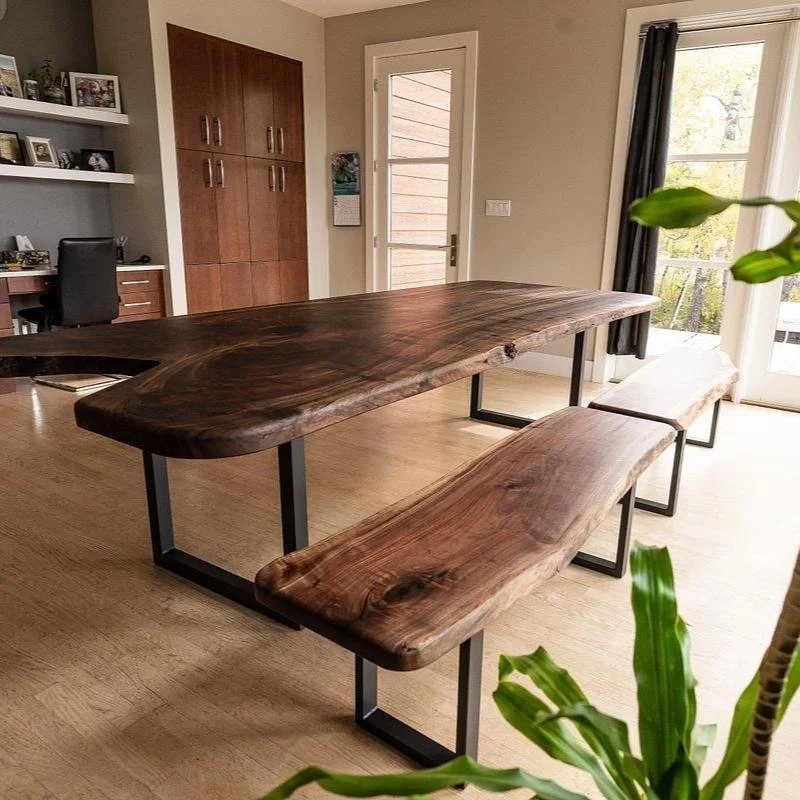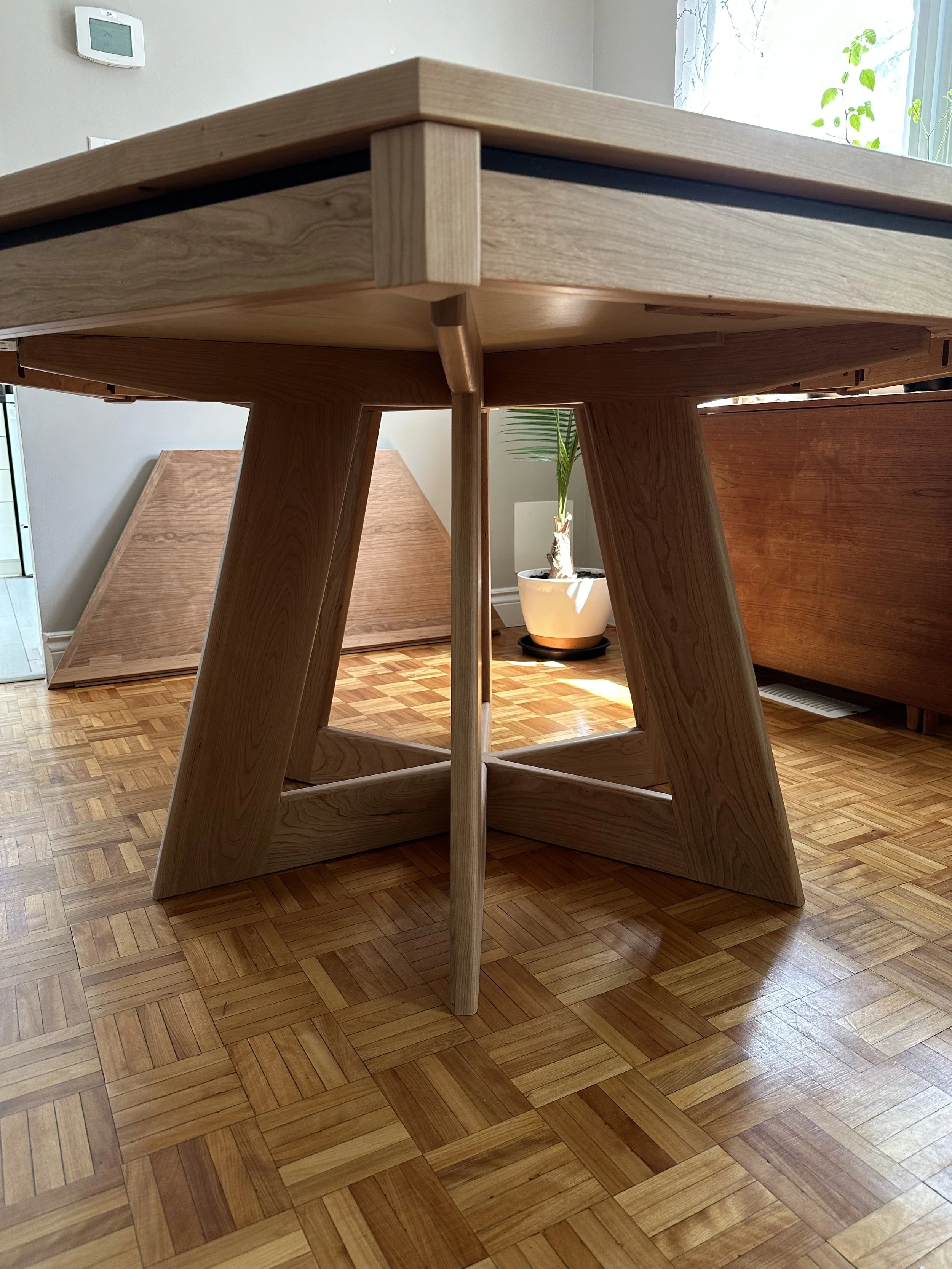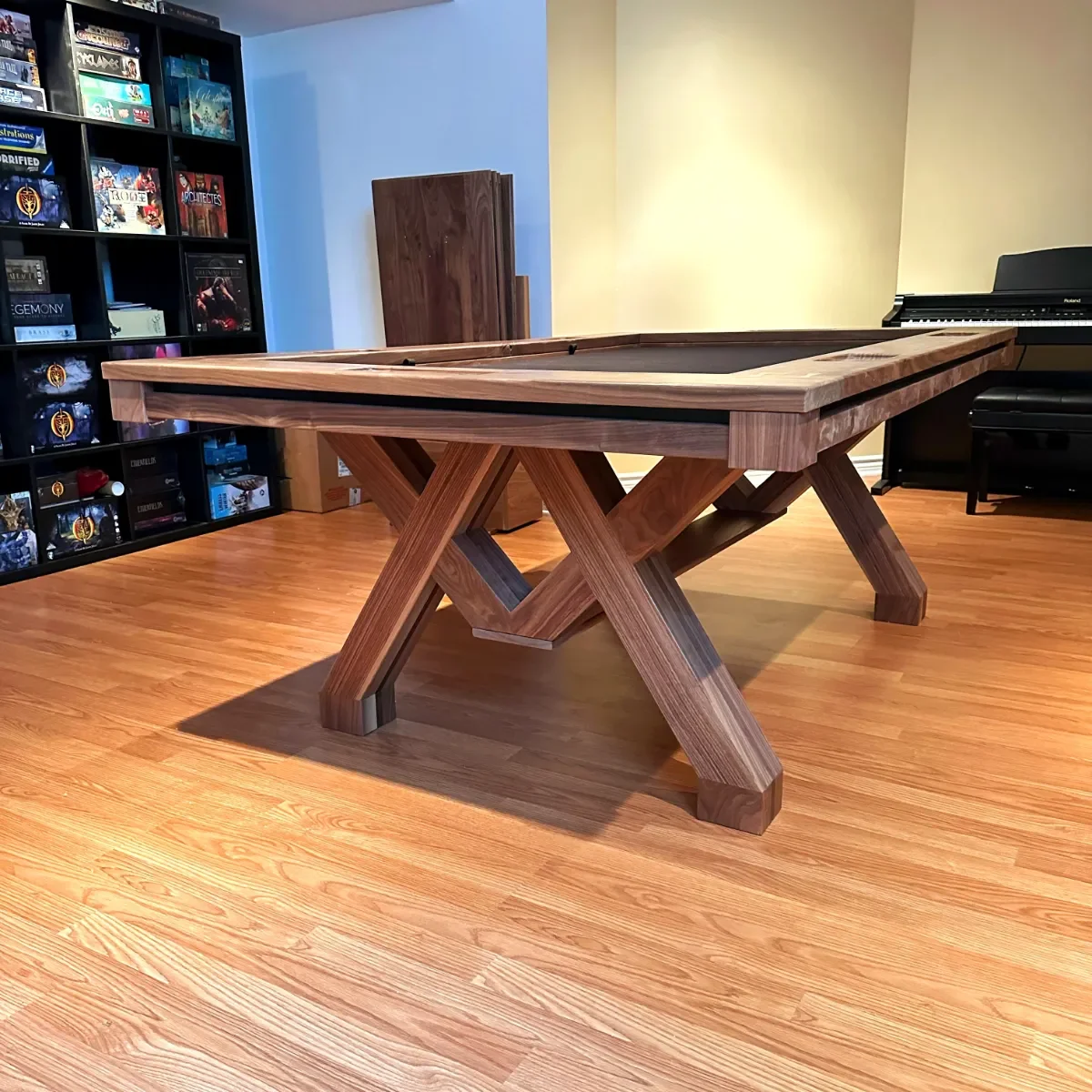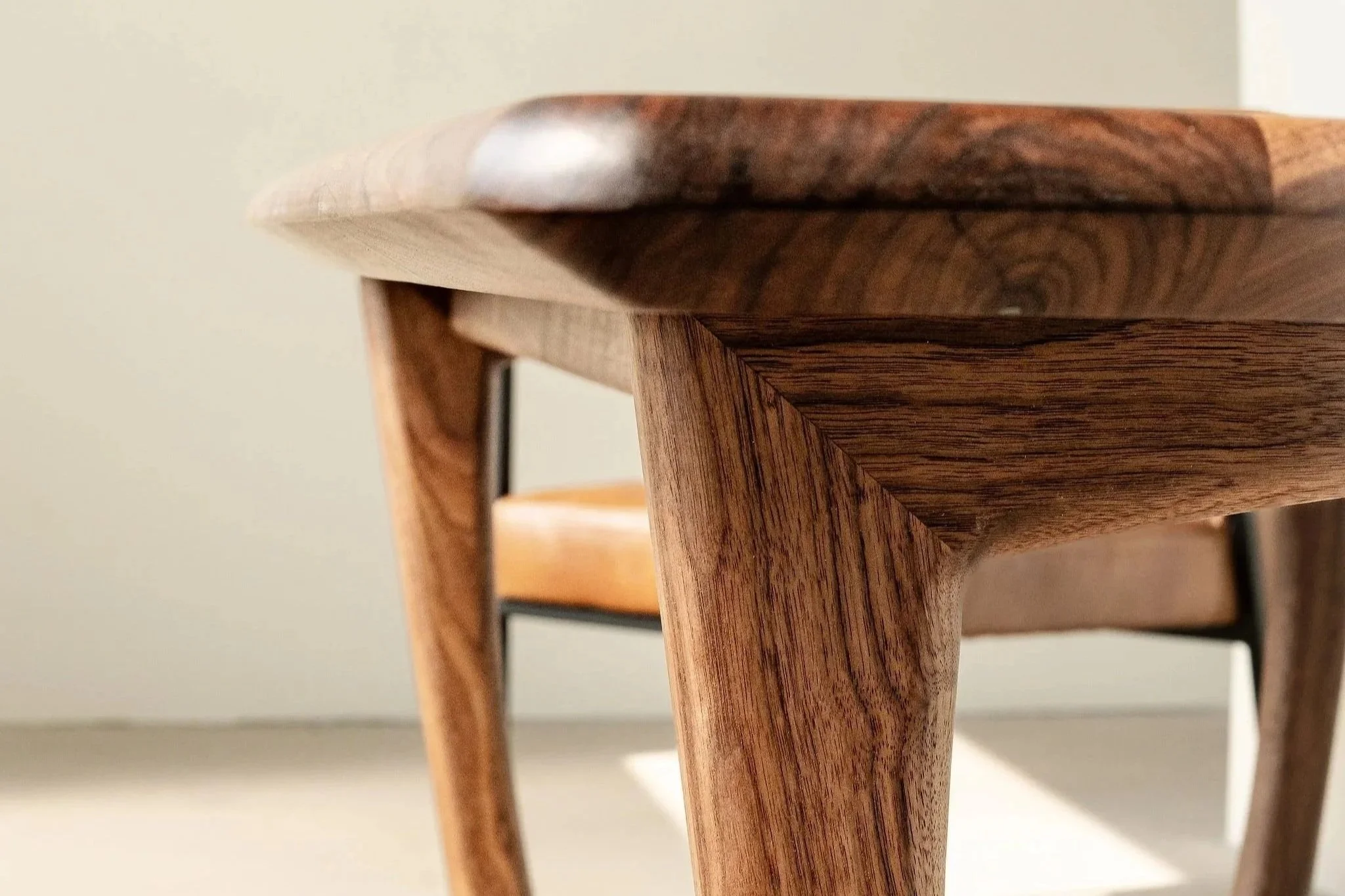Dining Table Build Guide
Your complete guide to designing a custom dining table that fits your home, your style, and the way you gather. Explore table shapes, seating layouts, wood types, base selection, finishes, and design details, all centered on timeless craftsmanship and thoughtful design. This guide will help you vocalize and visualize your ideas and ensure we speak the same language as we bring your custom table to life together.
Finding the Right size
1) Measure your space: You are going to want to leave enough room to be able to walk comfortably around the table without squishing. Take measurements of your room Length and width and then subtract 72" (182cm) from each number, make sure you measure from any cabinets or furniture that will be in the room since this will affect the overall size of the table. This will give you the maximum sized table you should have in your space ex) room is 14'x10' (168"x120") subtracting 72" from that you get a maximum table size of (96"x48") or 4'x8'.
These are going to be rough numbers and gives us a place to design from. A good tip is to use masking tape to put tape on the floor to see what the size of table will look like in the room.
2) Table length: You need to have a number in mind of how many people you want to sit comfortably at your table. We typically want to give 24" of table edge per person for a comfortable dining experience. Between 22"(tight)and 28" (roomy) is acceptable depending on your needs and size of space. This is the number you want be able to sit often and without the addition of extra leaves or extensions
The base you choose and shape of table will also affect the overall seating capacity. For a visual look at seating layout and table size please take a look at the dining table size guide.
3) Table width: The width of your table affects both comfort and conversation. Most dining tables fall between 36 and 42 inches wide, offering a comfortable balance of space and proportion. Going much wider than 48 inches can make it difficult for guests to reach the center or pass food across the table, and it can start to feel less intimate. You’ll want a minimum of 15 inches of space for each guest on both sides, making 30 inches about as narrow as a table should be. Depending on the overall length and the space you have to work with, keeping the proportions balanced will create a table that feels well-designed, comfortable, and functional.
4) Table Height: Standard dining tables are typically around 30 inches tall, providing comfortable legroom and an ideal height for everyday use and gatherings. Other common options include counter-height tables (around 36 inches) and bar-height tables (around 42 inches), each offering a different feel and seating experience. Every table can be adjusted slightly to suit your specific needs, and knowing the height of the chairs you plan to use will help determine the most comfortable table height.
5) Table Thickness: Tabletop thickness plays a big role in both the look and feel of your table. Most dining tables range between 1 and 1.75 inches thick, offering a sturdy, balanced appearance without feeling too heavy. Thicker tops create a bold, solid presence that works well in larger spaces or with substantial bases, while thinner tops feel lighter and more refined.
Design details such as an under bevel or edge shaping can change how a tabletop appears. These techniques can make a heavier, more substantial table look lighter and more elegant without sacrificing strength or stability, giving you the best of both form and function.
6) Size and shape of table:
Based on the measurements of you room and how many guests you want to sit this will help influence the size and shape of the table. Each shape lends itself to a certain outcome and feeling for the space.
The standard shapes of tables
Rectangular- Classic and versatile, this shape suits most dining rooms, especially longer spaces. It is great for larger families or frequent hosts since it comfortably seats the most people.
Square - Balanced and intimate, a square table works well for smaller groups and rooms, keeping everyone equally connected. Best for 4 to 8 seats without feeling too wide.
Circular (Round)- Cozy and inviting, round tables make conversation easy and bring a communal feel. Ideal for small spaces or casual dining, best suited for up to 6 or 7 people comfortably. Round tables over 72” diameter can become hard to reach the center of the table without use of a lazy Susan and conversation can become less intimate at that size.
Ellipse (Oval)- Elegant with softer lines, oval tables combine the intimacy of round with the capacity of rectangular. Perfect for medium to large rooms where you want both flow and seating flexibility.
Live Edge - Natural and organic, live edge tables highlight the raw beauty of the wood by following the tree’s original shape. Each piece is completely unique, bringing warmth and character to any space.
Custom - Every space is different, and sometimes one shape doesn’t fit all. I can combine design elements from multiple table shapes to create a custom layout that works beautifully in your home.
Wood Types
These are the most common hardwoods I use across my furniture pieces. Each has its own look, tone, and character that can shape the feel of your table. If you’re looking for something specific or unique, I can source a wide range of other wood species to match your vision.
Walnut
Rich and elegant, walnut is known for its deep chocolate-brown color with warm undertones and beautiful natural variation. Its smooth, flowing grain adds a sense of sophistication, making it perfect for modern, refined, or statement pieces that age gracefully over time.
White oak
Strong, timeless, and versatile, white oak features a warm beige to golden tone. It works well in both light and dark finishes, and is ideal for those who want a durable, classic look that fits everything from rustic to contemporary spaces.
White oak is a special wood, depending on how its cut at the sawmill it can bring out some distinct features that can change the design of the table, most common are quartersawn and riftsawn.
Quartersawn white oak- has a straight, uniform grain with beautiful “rays” or “flecks” that shimmer across the surface when the light hits it. It’s stable, strong, and has a refined look often seen in classic or craftsman-style furniture.
Riftsawn white oak- has a tighter, more consistent grain without the fleck pattern. It looks cleaner and more modern, with simple straight lines running the length of the board. It’s ideal if you love the durability of oak but want a smoother, minimalist appearance.
Quartersawn
Note: These pictures are only small snapshots of a much larger variety within each species. Color, grain pattern, and texture can vary from tree to tree and even from one board to the next. This natural variation is part of what makes solid hardwood so unique and ensures every piece is truly one of a kind.
Riftsawn
Cherry
Warm and inviting, cherry starts as a soft pinkish tone when first milled and deepens into a rich reddish-brown as it ages. Its fine, smooth grain and natural luster make it a great choice for those who love a traditional, timeless look that develops character with age
Ash
Ash is light in color with a bold, open grain that adds natural character and texture to a piece. It’s durable yet flexible in style, perfect for modern spaces that want a touch of warmth or for anyone who appreciates visible grain and gentle movement in the wood.
Base Selection
The base of your table plays a major role in both its look and how it functions. From classic four-leg designs to bold trestle and pedestal styles, there are countless ways to shape the feel and stability of your table. The right base balances comfort, strength, and aesthetics, while making sure chairs fit comfortably around it.
If you have a specific vision or want something outside the standard styles, custom base designs are always an option. Each base can be scaled, modified, or combined to fit your space and your style.
Four-Leg Base
Timeless and versatile, this design features one leg at each corner. It offers a clean, balanced look that works well in most spaces and provides easy seating at the sides. Ideal for smaller tables or those wanting a traditional, simple style.
Double Pedestal Base
Two central supports create excellent stability for longer tables while maintaining a symmetrical, elegant look. This style pairs well with formal dining spaces or when you want an eye-catching base design without sacrificing legroom.
Trestle Base
A trestle base uses two sturdy supports connected by a center beam, creating strength and stability while keeping the sides open for seating. It’s perfect for longer tables and adds a touch of craftsmanship that feels both rustic and refined.
Steel or Metal Base
Modern and sleek, steel bases offer a strong, minimalist foundation that complements both contemporary and industrial spaces. With endless designs to compliment your table and space
Pedestal Base
A single central support that opens up the perimeter for flexible seating. Often used for round or square tables, pedestal bases make the table feel open and airy while adding a sculptural design element.
Custom Base Design
If you have a unique idea or want something outside the standard styles, we can design a base that perfectly complements your space and table design. Whether it’s blending elements from multiple styles or creating something entirely new, a custom base allows us to balance structure, proportion, and personality in a way that’s uniquely yours.
Note:
These examples represent different versions of each base style and are meant to serve as inspiration. They can be customized, combined, or adapted to create a base design that fits your table and space perfectly.
Finish Selection
A table’s finish protects the wood while defining its look and feel. From the rich, smooth surface of a film finish to the natural warmth of a hardwax oil, the right finish enhances the wood’s character and ensures long-lasting durability. Every piece can be finished with either option, depending on the look, feel, and level of protection you prefer.
Film-Building Finishes
Film-building finishes, such as polyurethane or lacquer, create a protective layer that sits on top of the wood. They offer excellent durability and resistance to moisture and wear, making them a great choice for families or high-use dining spaces. These finishes tend to have a smoother, slightly glossier feel and bring out deep, rich tones in the wood.
Hardwax Oils
Hardwax oils soak into the wood fibers and then harden, enhancing the natural texture and giving a soft satin appearance that feels warm and organic. This finish highlights the natural movement and depth of the wood grain while remaining easy to maintain and refresh over time. Perfect for those who love the look and feel of raw, natural wood.
A Note on Durability
No finish is completely bulletproof. Everyday use may lead to small marks, dents, or scratches over time, and that’s part of your table’s story. The beauty of solid wood is that it wears naturally, developing character as it’s enjoyed. Most of a table’s durability comes from the wood itself; harder species are more resistant to dents and scratches, while softer woods will show wear a little sooner. A solid wood table can also be refinished many times throughout its life, allowing it to be renewed and enjoyed for generations.
Final Details
The final details bring your table design together and make it truly your own. From functional features like extensions and leaf inserts to aesthetic touches such as edge profiles and inlays, these finishing choices shape how your table looks, feels, and functions in your home. Every table is built to order, allowing these details to reflect your personal style and space.
It’s the small considerations made early in the process that have the greatest impact on the final result. Taking the time to think through features, access, and how the table will be moved into its final position ensures a smoother build and a better overall experience for everyone involved.
Custom Features
If you have a specific idea in mind, whether it’s hidden storage, decorative inlays, or a mix of materials, custom options are always available. These details are what make your table truly one of a kind, ensuring it fits your space, personality, and the way you use it every day. I take pride in working on custom pieces and enjoy creating unique solutions that enhance both the function and beauty of each table.
Extensions and Table Leafs
For those who love to entertain or need flexibility in seating, extensions are a great option. Adding removable or built-in leafs allows your table to expand when needed and return to a smaller size for everyday use. Each extension is carefully designed to blend seamlessly with the table’s grain and proportions, so the expanded version looks just as intentional as the original.
Inlays and Accents
Inlays and accents add subtle detail and personality to your table. Options like metal, resin, or contrasting wood can be used to highlight grain patterns or create a unique focal point. These small touches add depth and craftsmanship without taking away from the natural beauty of the wood.
Moving Your Table Into Your Home
Before finalizing your table size, it’s important to consider how it will move into your home. Measure doorways, staircases, and hallways to make sure there’s enough clearance for safe delivery. Watch for tight corners, narrow turns, or low ceilings that could make maneuvering difficult. A bit of planning early on helps prevent surprises on delivery day and ensures your table arrives safely in its new space. Most of the tables I build can be separated into at least two pieces, making moving and installation much easier.
Edge Profiles
The edge of your table plays a subtle but important role in its overall look and feel. Choose from a variety of edge details to suit the style and the design of your table.
Matching Benches and Companion Pieces
A matching bench, sideboard, or companion piece can bring your space together and create a cohesive look. Each piece is built to complement your table’s design, using the same wood species, proportions, and finish for a seamless, unified feel throughout your space.
Engravings and Personal Touches
Custom engravings can make your table truly one of a kind. Whether it’s a family name, meaningful date, or a simple message, adding personal details add to the story to your piece and a reminder that your table was built to build memories.
Next Steps
Now that you’ve explored this guide and the details that go into designing a custom table, the next step is bringing your ideas to life. Whether you have a clear vision of what you are wanting built or are still deciding on the right design, I’ll work with you to refine the details and create a piece that fits your home perfectly. If you would like to dive deeper into the factors the influence pricing of a dining table please check out my how much does a dining table cost post
The best way to get started is to reach out and start the conversation. From there, we can discuss your space, materials, and design preferences, and begin shaping a table built to build memories.


